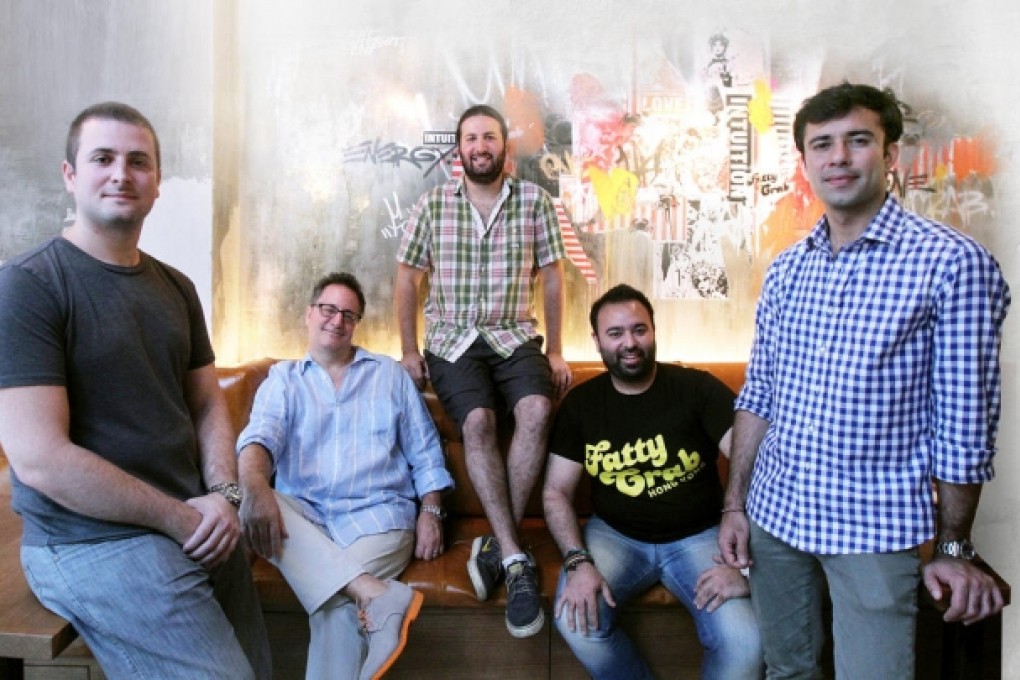Strait laced
The availability of authentic ingredients means more Malaysian-style restaurants are opening in the city - some with a culinary twist, writes Janice Leung Hayes

by its melange of cultures, which are visible in many ways. In most Malaysian cities, you'll hear several languages being spoken, find Hindu temples across the road from Chinese ones and experience flavours that originated in many different parts of the world.
Food from the Strait of Malacca is a blend of Islamic, Eurasian, Peranakan, Chinese and Indian influences. The cuisine is not easily found in Hong Kong, and when you do find it, it's rarely as good as it is in Malaysia or Singapore. But that is about to change.
"Hong Kong is on a similar latitude [to Malaysia] so we have similar basic produce. But initially, it was hard to find special regional ingredients in Hong Kong," says Sunny Tse Wai-keung, the chef at Cafe Malacca at the Traders Hotel in Sheung Wan. Dried slices of tamarind, for example, which were once difficult to get, are essential for the Penang speciality assam laksa (sour and spicy fish soup).
Tse says distributors are now more willing to import speciality ingredients as demand for them has risen. Cafe Malacca opened late last year, and in a few months was so busy that it was able to meet the minimum orders required by distributors.
Zaimah Osman, trade commissioner of the Malaysia External Trade Development Corporation, says the group launched a programme in 2010 to promote Malaysian restaurants and help them import ingredients. It now works with 17 restaurants in Hong Kong.
Having spent more than two decades at the Island Shangri-La in Admiralty, Tse had come into contact with a range of cuisines, including Malaysian. During the pre-opening phase of Cafe Malacca, he travelled all over Malaysia and Singapore to reacquaint himself with the flavours. The restaurant also employs a consultant from Penang. The hard work has paid off, as the restaurant now boasts the Singaporean consul-general as a customer, as well as Malaysian and Singaporean expats.
